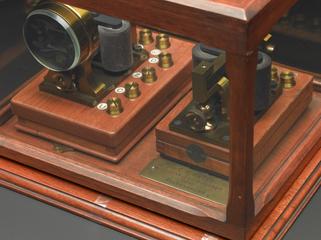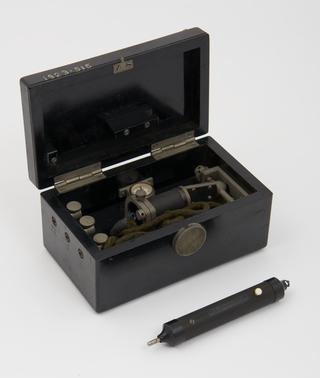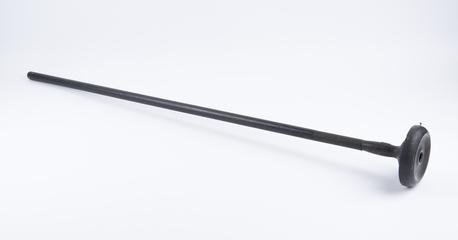
Massey's patent, frictionless ocean depth sounder
1836

1836






1954-1963

1920-1925

1857







1880
1857
1855-1860
1868
1880